
Pine marten reintroduction: how we're helping and where to find them
Once persecuted to extinction, find out how we're helping pine martens make a welcome return to the UK's woods.
Read the story
Assistant conservation evidence officer
Are you one of the thousands tuning into our Loch Arkaig osprey cam? People across the world delight in watching Louis and Aila's efforts to raise a family each year, but did you know that these magnificent birds were essentially extinct in Britain just a few decades ago?
Human persecution meant there were no breeding ospreys (Pandion haliaetus) left by 1916 and, for nearly 40 years, no chicks were raised on our shores. Thankfully, a combination of natural recolonisation from Scandinavia and reintroductions means Britain was home to an estimated 225 pairs of ospreys in 2017. The osprey cam gives us a glimpse into the lives of these fascinating wild birds.
Ospreys are a prime example of a species that has returned from extinction here in the UK, but what of the many other animals that have disappeared as a result of human action - could we bring them back too?
A combination of hunting and loss of woodland are believed to have driven the Eurasian lynx (Lynx lynx) to extinction in the UK around 1,300 years ago.
Elusive hunters with a preference for feeding on roe deer, it's thought the reintroduction of these medium-sized cats could provide a natural means of controlling the UK’s large deer population. This could potentially reduce the negative impact of deer on woodland, benefiting a host of other species in the process.
Plans for a trial reintroduction of lynx in northern England and the Scottish Borders were rejected by the government in 2018, but further applications are expected.
Britain’s last wolves (Canis lupus) are believed to have been hunted to extinction in the 17th century, with Ireland’s following around 100 years later. As with lynx, it has been suggested that reintroduction would benefit the UK environment through natural deer control, but there are currently no formal plans for a return.
There are also no serious plans for the reintroduction of brown bears (Ursus arctos), which are thought to have disappeared around 1,000 years ago, with hunting once again to blame.
Both of these large herbivores died out in the UK several thousands of years ago. Advocates of ‘rewilding’ have expressed a desire to reintroduce both for the ecological functions they would provide.
The species of bison which used to roam Britain is globally extinct, so the closely related European bison is considered the best ecological alternative. A conservation project plans to introduce a herd of wild European bison to Kent woodland by spring 2022. There’s no sign of elk (Alces alces) - also known as moose - making a comeback just yet.
It is uncertain if any of these species will ever come back to the UK, but a number of animals have already returned from extinction.
After an absence of around 500 years, beavers (Castor fiber) were reintroduced to the UK in 2009 with a government trial that coincided with illegal releases in both England and Scotland. In 2016, the Scottish Government officially recognised beavers as a native species and further trials are taking place in England.
A number of bird species have also been successfully reintroduced, including sea eagles (Haliaeetus albicilla), which live alongside ospreys at Loch Arkaig, and the capercaillie (Tetrao urogallus).
Other successful species reintroductions have included the natterjack toad (Epidalea calamita) to North Wales and the large blue butterfly (Phengaris arion) in parts of England.
An unintentional reintroduction has occurred in the shape of wild boar (Sus scrofa). After escape or deliberate release from farms and captive collections, several populations of boar are now established in woods from which they were absent for centuries. But the species has not been formally recognised as native by the Government.
While the examples above represent success stories, reintroduction should only ever be a last resort and we must do all that we can to prevent extinctions occurring in the first place.
We are currently working to prevent this fate befalling the pine marten (Martes martes) in England and Wales. We're part of the Pine Marten Recovery Project, established by The Vincent Wildlife Trust, which has translocated 51 Scottish martens to mid-Wales to ensure the species has a future outside of Scotland.
Our woodland sites across the UK are important habitats for a wide range of declining species, from red squirrels and dormice to stag beetles and song thrushes.
Only with continued conservation action can we ensure their survival.

Once persecuted to extinction, find out how we're helping pine martens make a welcome return to the UK's woods.
Read the story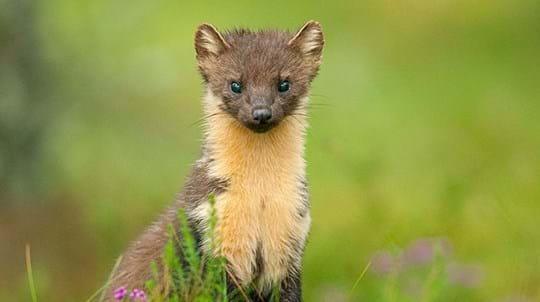
Trees woods and wildlife
Woods and trees are home to more wildlife than any other landscape, providing homes for thousands of species including our most loved animals.
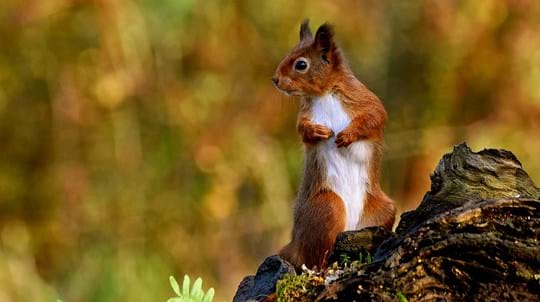
Video
00:02:59
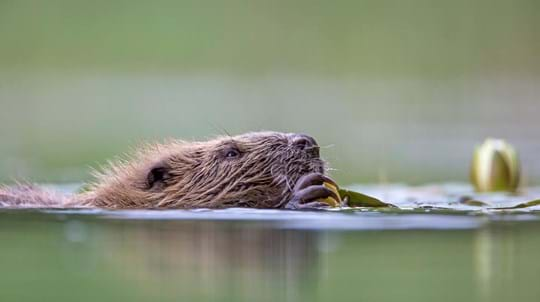
Blog
Karen Hornigold • 29 Jan 2019
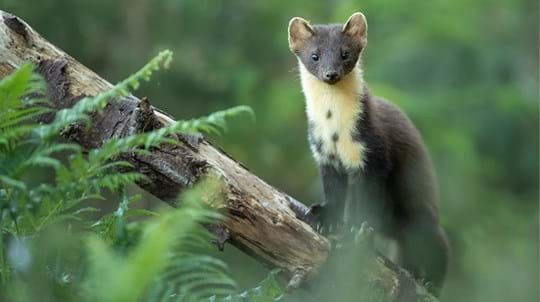
Blog
Hannah Vickers • 15 Apr 2019
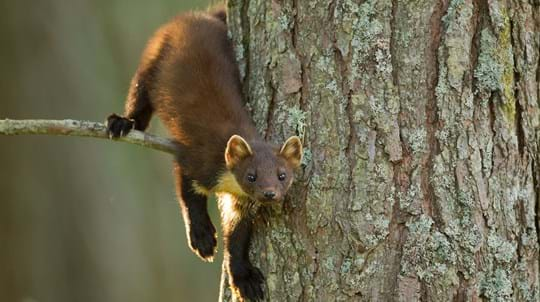
Blog
Charlie Mellor • 14 Jun 2018

Blog
Helen Keating • 01 Nov 2018
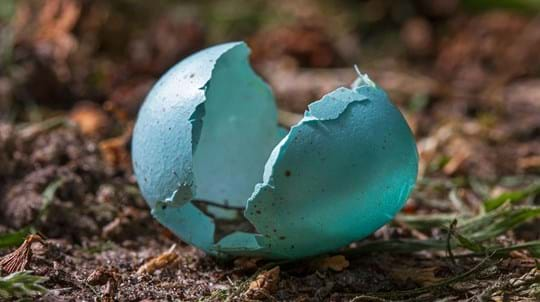
Trees woods and wildlife
Woods are brimming with wildlife. Discover what's out there with our identification guides.